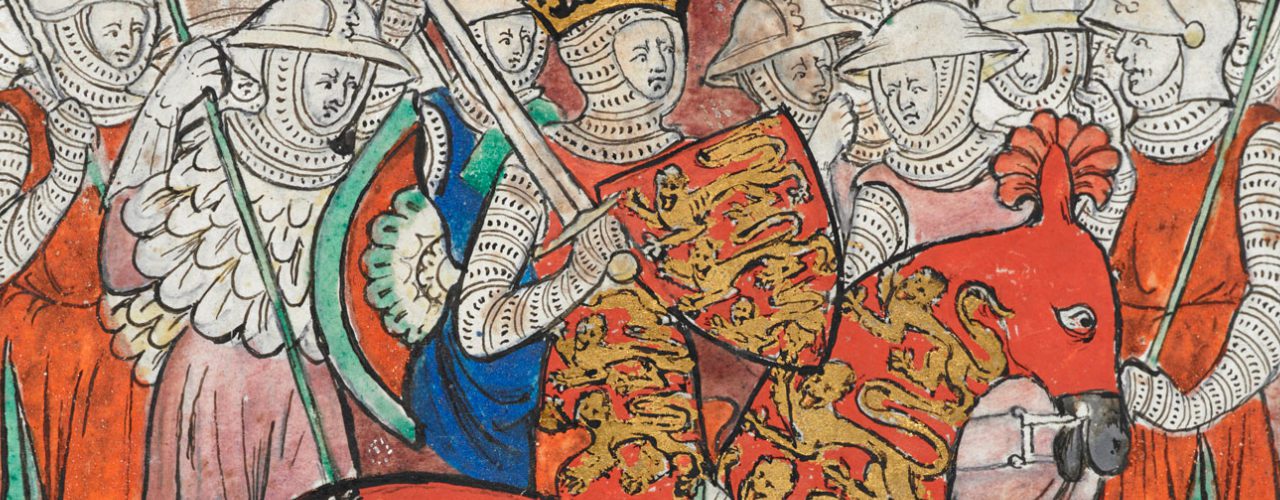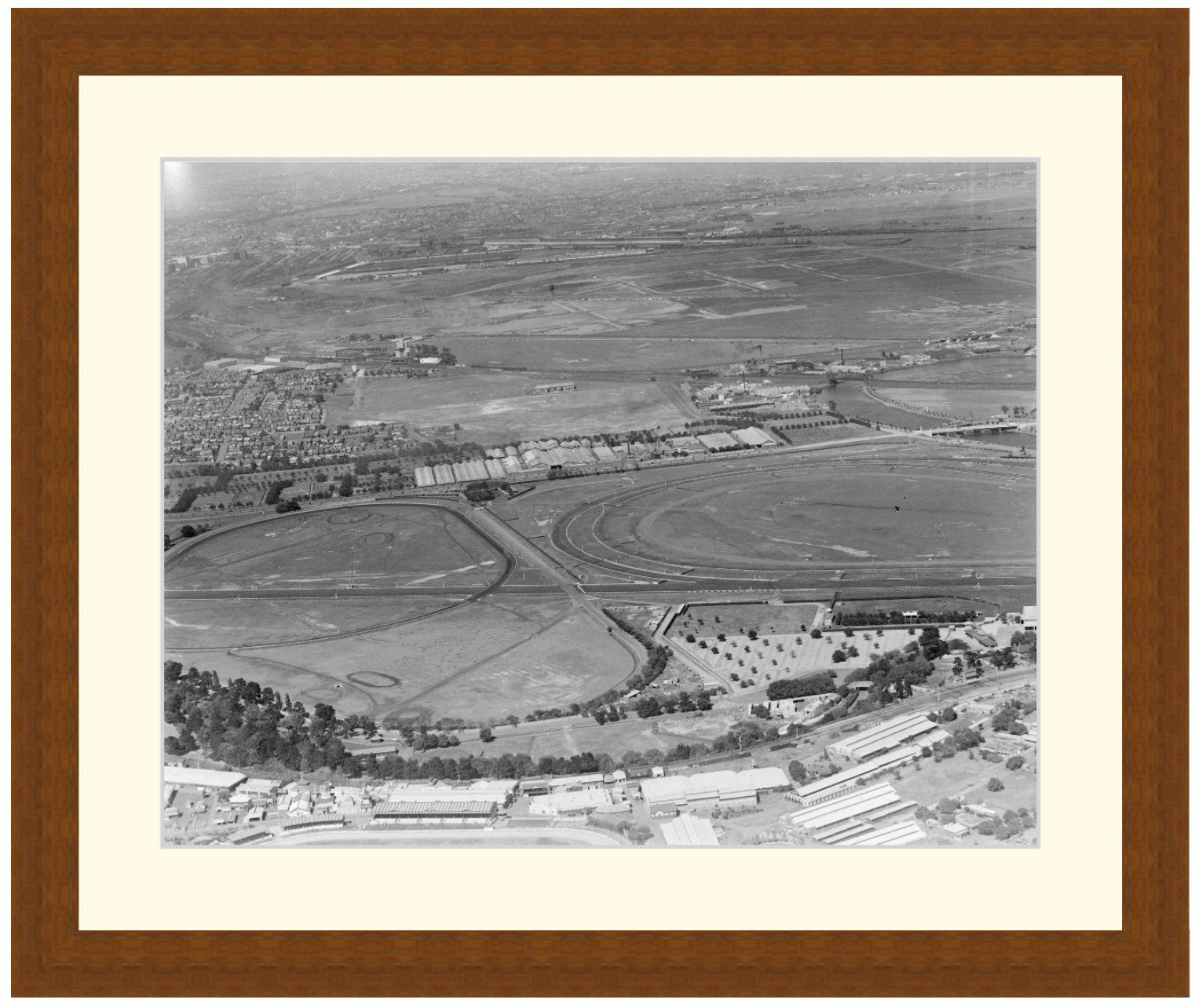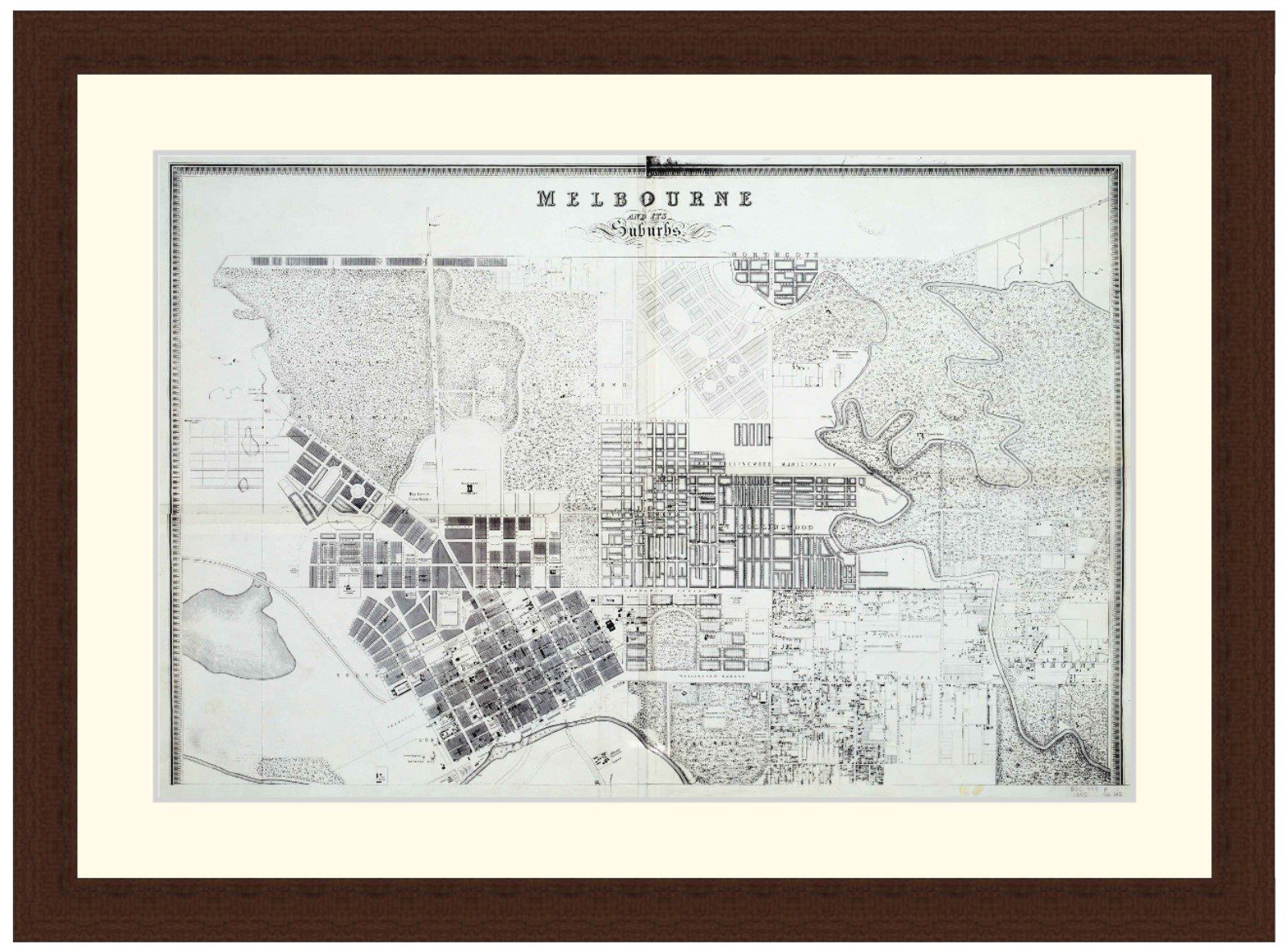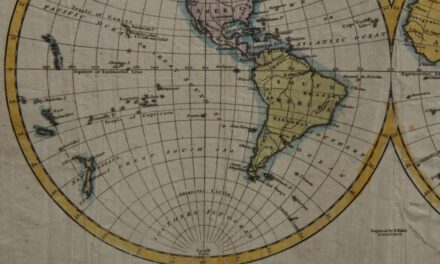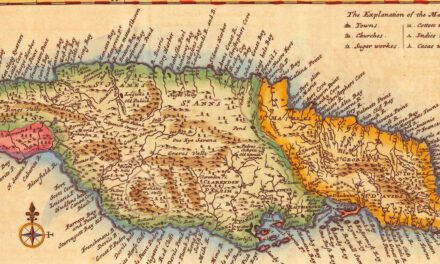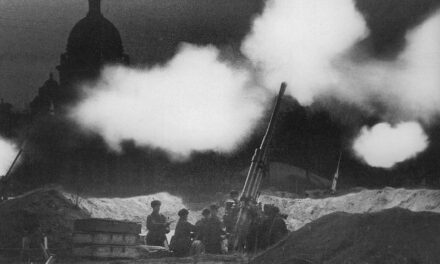History Guild General History Quiz 162
See how your history knowledge stacks up!
Want to know more about any of the questions? Scroll down to learn more!
Have an idea for a question? Suggest it here and we’ll include it in a future quiz!
The stories behind the questions
1. Which English royal line provided kings from William the Conqueror to Henry I?
House of Normandy – Ruling from the Norman conquest in 1066 until Henry I died without a legitimate male hier in 1135. Henry’s lack of a legitimate male hier is somewhat ironic, as he is thought to be the English monarch with the most illegitimate children, somewhere between 20 and 25.
2. When did the US first legislate a government debt ceiling?
1917 – In 1917, during World War I, Congress created the debt ceiling. It has since raised the limit over 100 times.
3. Historically a sepoy was a soldier from which region?
India – Derived from the Persian term “sipahi”, these were professional Indian infantryman, traditionally armed with a musket, in the armies of the Mughal Empire. Sepoy’s were enlisted into the service of the British, French and Portuguese. The title is retained in the modern Nepalese, Indian and Pakistan Armies, where sepoy is equivalent to the rank of private.
4. In 1963 the USA supported a coup and presidential assissination in which country?
Vietnam – Read more about the assassination of President Ngo Dinh Diem.
5. Which country did Iraq under Saddam Hussein fight a war against from 1980 to 1988?
Iran – An estimated 200,000-240,000 Iranians and 105,000–200,000 Iraqis were killed during the war, which saw initial Iraqi success, followed by the Iranians pushing back into Iraq.
6. What was the name of the pre-revolutionary French parliament?
Estates General – This assembly was composed of three estates – the clergy, nobility and commoners – who had the power to decide on the levying of new taxes and to undertake reforms in the country.
7. What part of society did most inmates in debtors prison come from?
Middle class – Debtors prison was used as a way of compelling a debtor to pay. This typically meant that they must have assets they could realise, or family money they could access in order to pay their debts. There was no benefit in imprisoning a working class debtor, who would need to work in order to raise the funds to pay their debt. Middle class people were also more likely to have more significant credit extended to them, which they were then at risk of being unable to repay.
8. Which event led to the widespread adoption of wrist watches?
WW1 – Prior to this time wrist watches were considered effeminate, with men much more likely to use pocket watches. The demands of the trenches and time critical aspects of modern warfare saw the wrist watch emerge as the perferred personal timepiece.
9. Where was the Nazca civilisation prominent from 100 BCE to 800 CE?
Peru – The Nazca are known for their Nazca Lines —geometric shapes, lines, and animal figures carved into the desert floor.
10. When did Belgium become an independent country?
1830 – Formerly part of the Southern Netherlands the 1830 Belgian Revolution established the modern Belgian state under King Leopold I.

